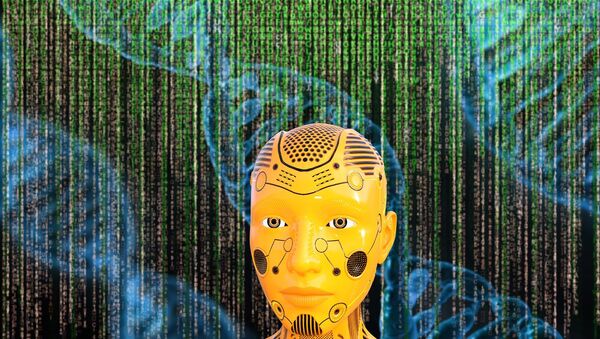Microsoft, among other tech companies, has been looking into how data can be encoded and retrieved in fabricated DNA in order to address the ever-growing need in preservation and storage of information.
"Our ultimate goal is to put a system into production that, to the end user, looks very much like any other cloud storage service — bits are sent to a datacenter and stored there and then they just appear when the customer wants them. To do that, we needed to prove that this is practical from an automation perspective," said Microsoft principal researcher Karin Strauss.
Paired with academics and the University of Washington, Microsoft researchers managed to successfully encode the word "hello" in snippets of fabricated DNA and converted it back to digital data using a fully automated end-to-end system.
According to the research paper then published in Nature Scientific Reports, the authors have argued that:
"Storing information in DNA is an emerging technology with considerable potential to be the next generation storage medium of choice."
The process time for the single word "hello" took 21 hours, but the researchers have reported they found a faster method to implement the conversion.
In its nucleotide form, the word "hello" resulted in about 1 mg of DNA, while 4 micrograms were retained for sequencing.
In order for the technique to become a commercially viable solution, the cost of synthesizing, currently $10,000 for the prototype storage device, would have to go down significantly.
"You can't have a bunch of people running around a datacenter with pipettes — it's too prone to human error, it's too costly and the footprint would be too large," Chris Takahashi, senior research scientist at the UW's Paul G. Allen School of Computer Science & Engineering, said.
To help move DNA storage from research labs to datacenters, researchers from @uwcse and Microsoft demonstrate a fully automated DNA storage system https://t.co/O5dyfikimm pic.twitter.com/xxnwIPGASW
— Microsoft Research (@MSFTResearch) March 21, 2019


